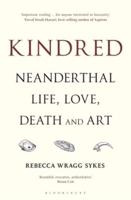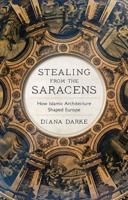Publisher's Synopsis
Having earned the title of 'man's best friend' through their millennia-long relationship with humans, dogs have been constantly present in human life. The great number of textual and artistic representations of canines attests to the popularity of these animals in ancient Greece, where the existence of domesticated dogs has been traced back to the early Neolithic period. Dogs appear in more than 2,000 painted and sculpted scenes of Athenian art, serving a variety of roles: they are the faithful companions of warriors and riders, valuable collaborators in the hunt, cherished pets, and status symbols. They are present in the gymnasium, the symposium, and in domestic scenes. They are shown happily playing with children, providing protection and companionship for women, and accompanying males in various aspects of their everyday lives. They are associated with gods and mythical heroes and are even depicted on funerary reliefs, accompanying their humans in death. This book offers a thorough study and analysis of the iconography of dog depictions in Athenian sculpture and vase painting, employing an interdisciplinary approach to explore their multifarious function and the extent to which they were influenced by the human-canine bond.









